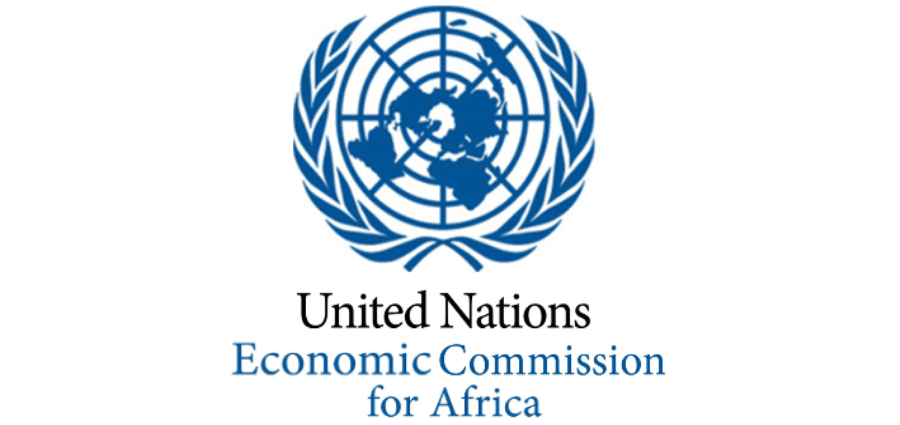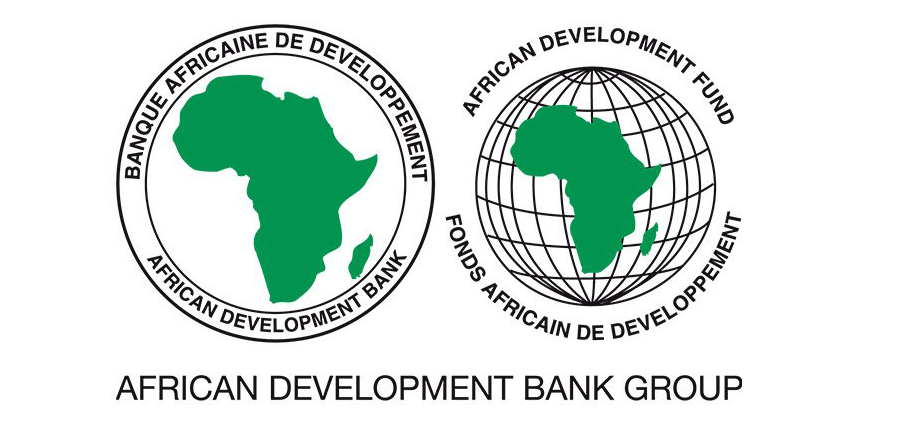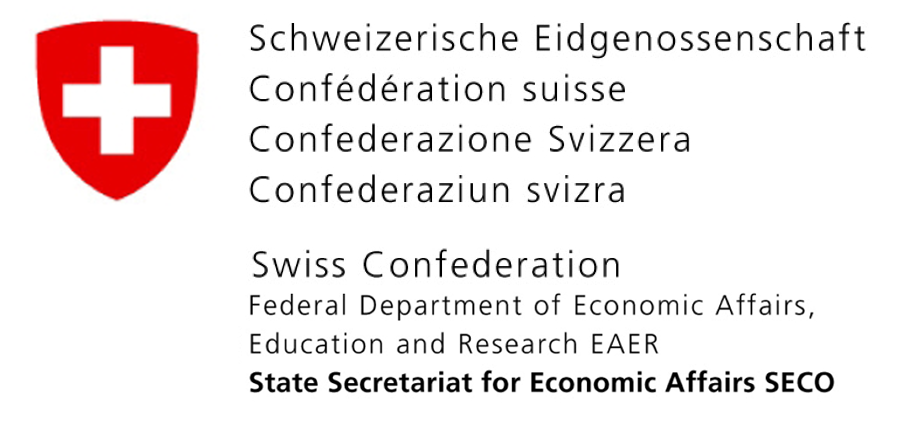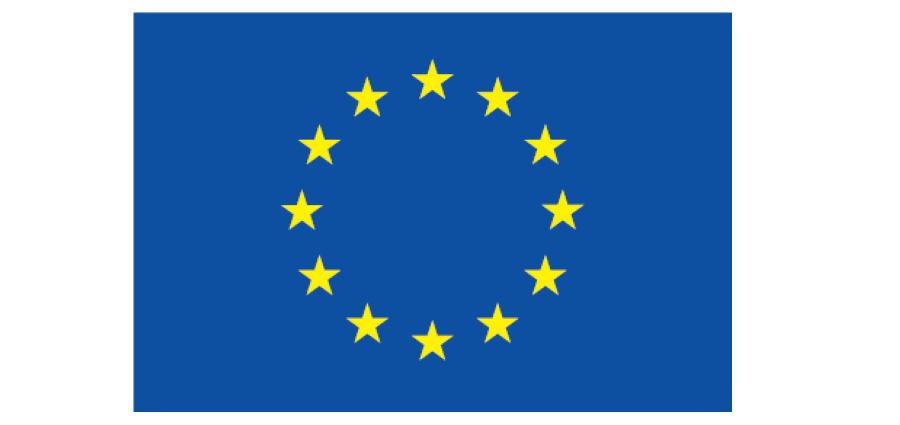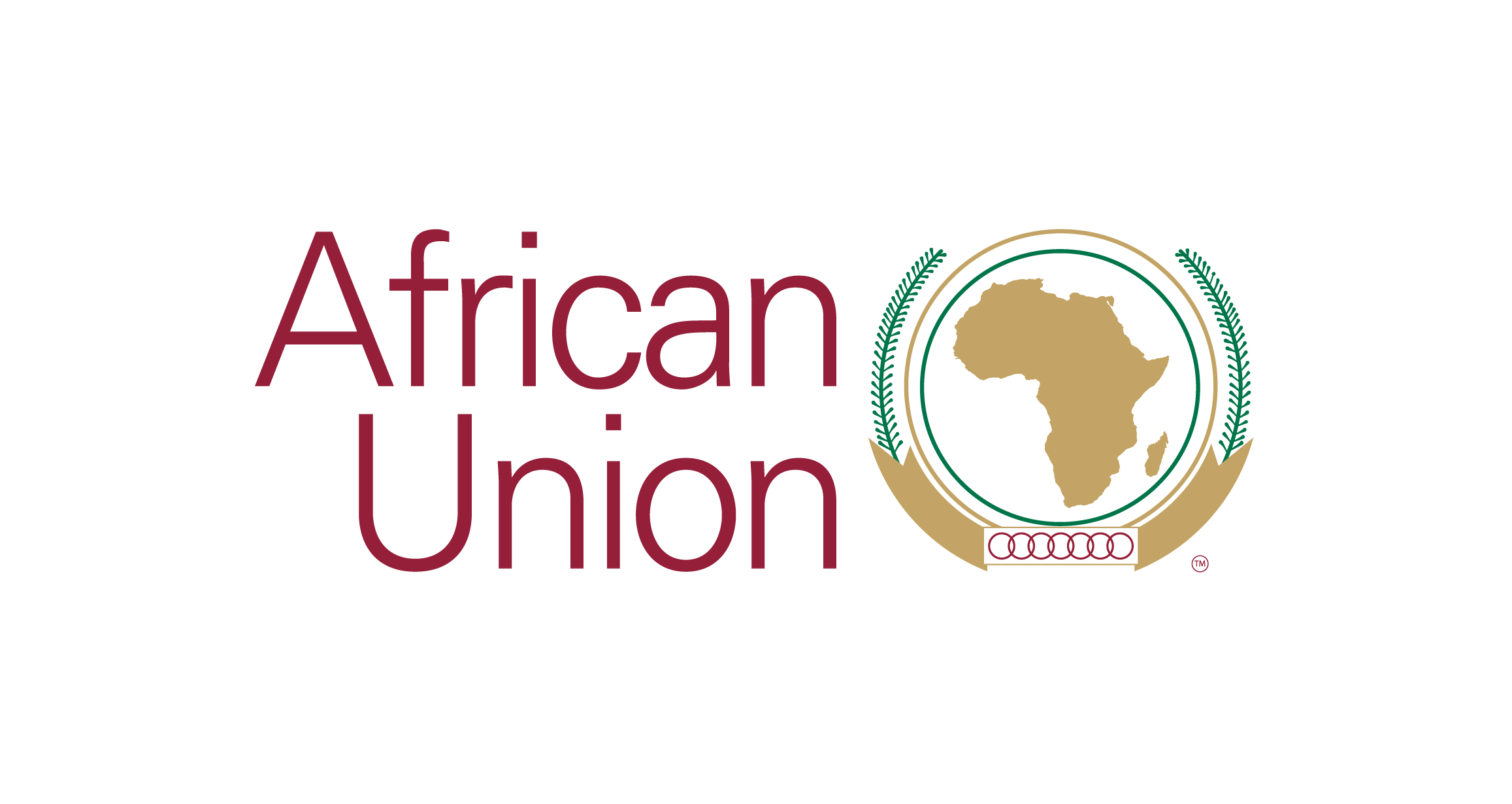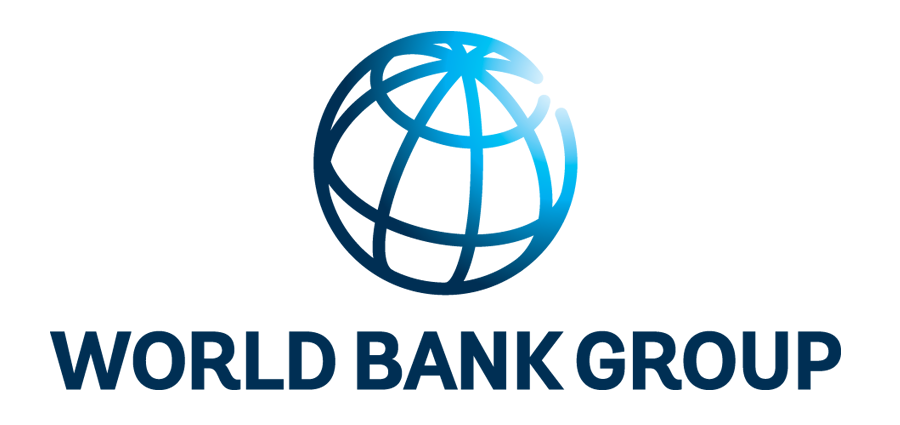The Road Network Evaluation Tools (RONET) model developed by SSATP is designed to assess the current characteristics of road networks and their future performance depending on different levels of interventions to the networks.
RONET Version 2.00 supersedes the older SSATP tools:
- Road User Charges Model Version 3.0 (RUC), that evaluates scenarios of road user charges in a country,
- Performance Assessment Model Version 1.0 (PAM), that estimates the performance of a road network under different budget scenarios,
- Road Network Evaluation Tools Version 1.1 (RONET), that assesses the current characteristics of road networks and their future performance depending on different levels of interventions to the networks.
In addition, RONET Version 2.00 offers new evaluation modules and output reports capabilities.
The evaluation modules in RONET Version 2.00 are:
- Current Condition Assessment, which calculates current road network statistics and network monitoring indicators.
- Performance Assessment, which evaluates the road network performance under different rehabilitation and maintenance standards (budget scenarios) and presents the consequences to the road agency, the road user, and the road infrastructure.
- Road User Revenues, which evaluates revenues collected from road user charges and compares them with the funding requirements.
RONET is a model which could be used by decision makers to appreciate the current state of the road network, its relative importance to the economy (e.g. asset value as percentage of GDP) and to compute a set of monitoring indicators to assess the performance of the road network. With RONET the performance of the road network is assessed over time under different road maintenance standards. It determines, for example, the minimum cost for sustaining the network in its current condition and estimates the savings or the cost to the economy for maintaining the network at different levels of services. RONET determines the allocation of expenditures among recurrent maintenance, periodic maintenance, and rehabilitation road works, determines the optimal maintenance standard for each road class (highest Net Present Value) and compares it with the current (budget constraint) and other maintenance standards. Finally, it determines the "funding gap" defined as the difference between current maintenance spending and required maintenance spending (to maintain the network at a given level of service) and the effect of under spending on increased transport costs. The Road User Revenues Module estimates the level of road user charges required (e.g. fuel levy) to meet road maintenance expenditures under different budget scenarios. This could be used by road fund boards to prepare a business case to negociate and revise road tariffs on a sound basis.
RONET is structured with many configuration options for use in African and other developing countries. RONET Version 1.01 was fully released in October 2007 and Ghana, Mozambique, Tanzania, and Uganda have been the pilot countries during the time it took to develop and test the model. Click here to download RONET Version 1.01 and the case studies presenting the use of this version in Ghana, Mozambique, Tanzania, and Uganda. RONET Version 2.00 was released in January 2009.
- RONET Version 2.00 Software (XLS): English │ Español │Russian
- RONET Version 2.00 User's Guide (PDF): English │ Español │Russian
- RONET Version 2.00 Presentation (PPT): English
Events and Workshops
- Nov 2013: RONET Training in Maputo, Mozambique
- Sep 2013: RONET Training in Arusha, Tanzania
- Sep 2013: RONET Training in Dakar, Senegal | Français

